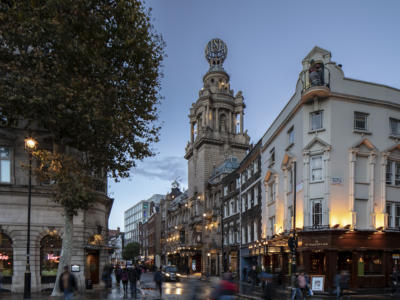History of the London Coliseum
With 2,359 seats, the London Coliseum is the largest theatre in London’s West End. It was designed for Sir Oswald Stoll by Frank Matcham, the leading theatre architect of his day.
Quick facts
- the London Coliseum has the widest proscenium arch in London (55 feet wide and 34 feet high)
- the stage is 80 feet wide, with a throw of over 115 feet from the stage to the back of the balcony
- it was one of the first theatres to have electric lighting
- it was built with a revolving stage which consisted of three concentric rings and was 75 feet across in total and cost Stoll £70,000
- the theatre was one of the first two places in Britain to sell Coca-Cola (the other was Selfridges)
Video
Explore our theatre
You can explore the theatre virtually via our Google Streetview tour.
The London Coliseum: From then to now
1904: The ‘people’s palace of entertainment’

The vision was to create a theatre of variety, in the largest and most impressive theatre in London.
Designed for Sir Oswald Stoll by Frank Matcham, Stoll’s ambition was to create the largest and finest ‘people’s palace of entertainment’ of the age.
The theatre’s original slogan was Pro Bono Publico (for the public good). It was opened in 1904 and the inaugural performance was a variety bill on 24 December that year.
The original programme was a mix of music hall and variety theatre, with the grand finale – a full-scale revolving chariot race – requiring the stage to revolve.
1931: The London Coliseum during the Second World War
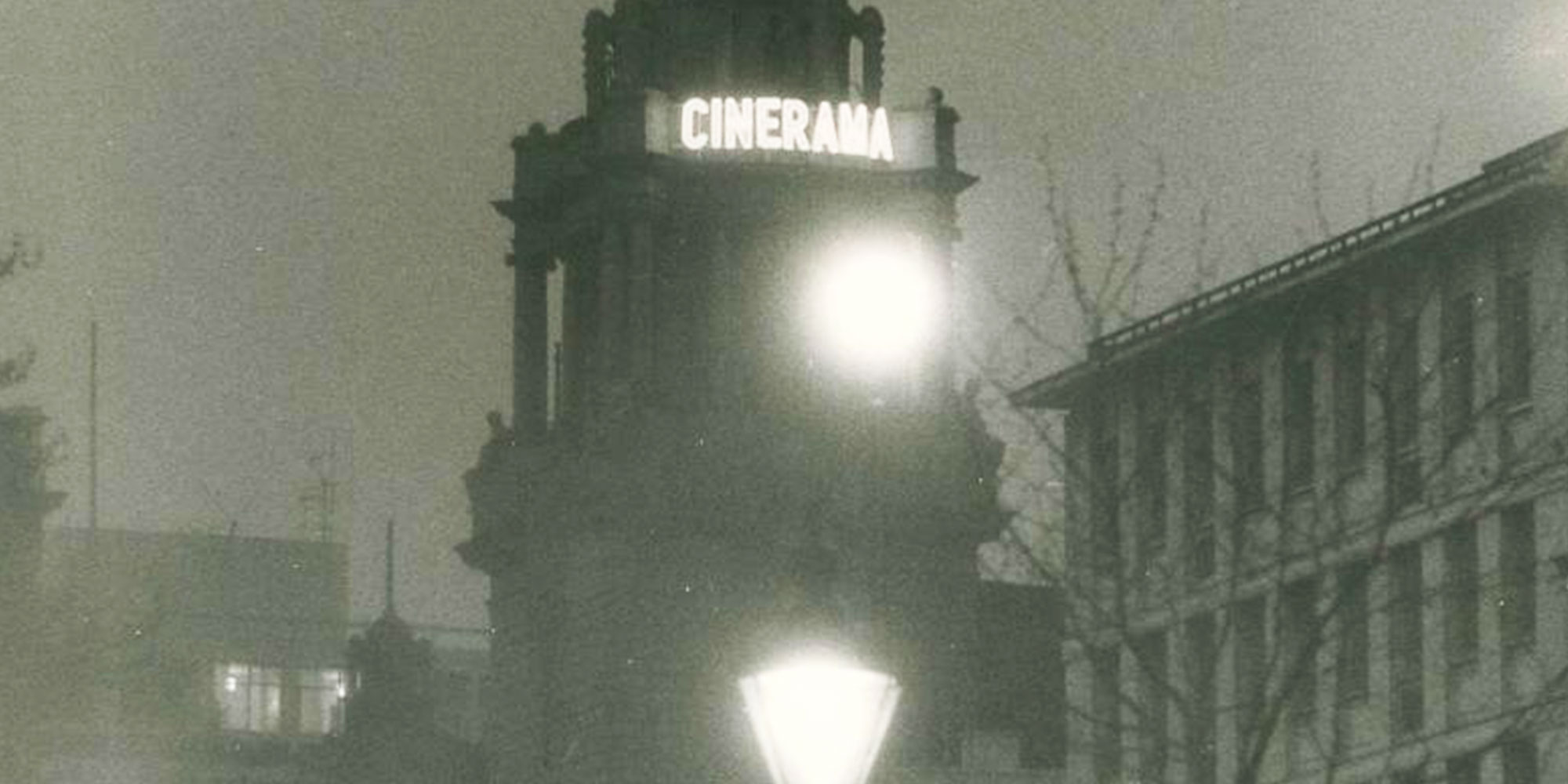
The theatre changed its name from the London Coliseum to the Coliseum Theatre between 1931 and 1968.
During the Second World War, the Coliseum served as a canteen for Air Raid Precaution (ARP) wardens, and Winston Churchill gave a speech from the stage.
After 1945 the theatre was mainly used for American musicals before becoming a cinema for seven years from 1961.
1968: The home of opera sung in English
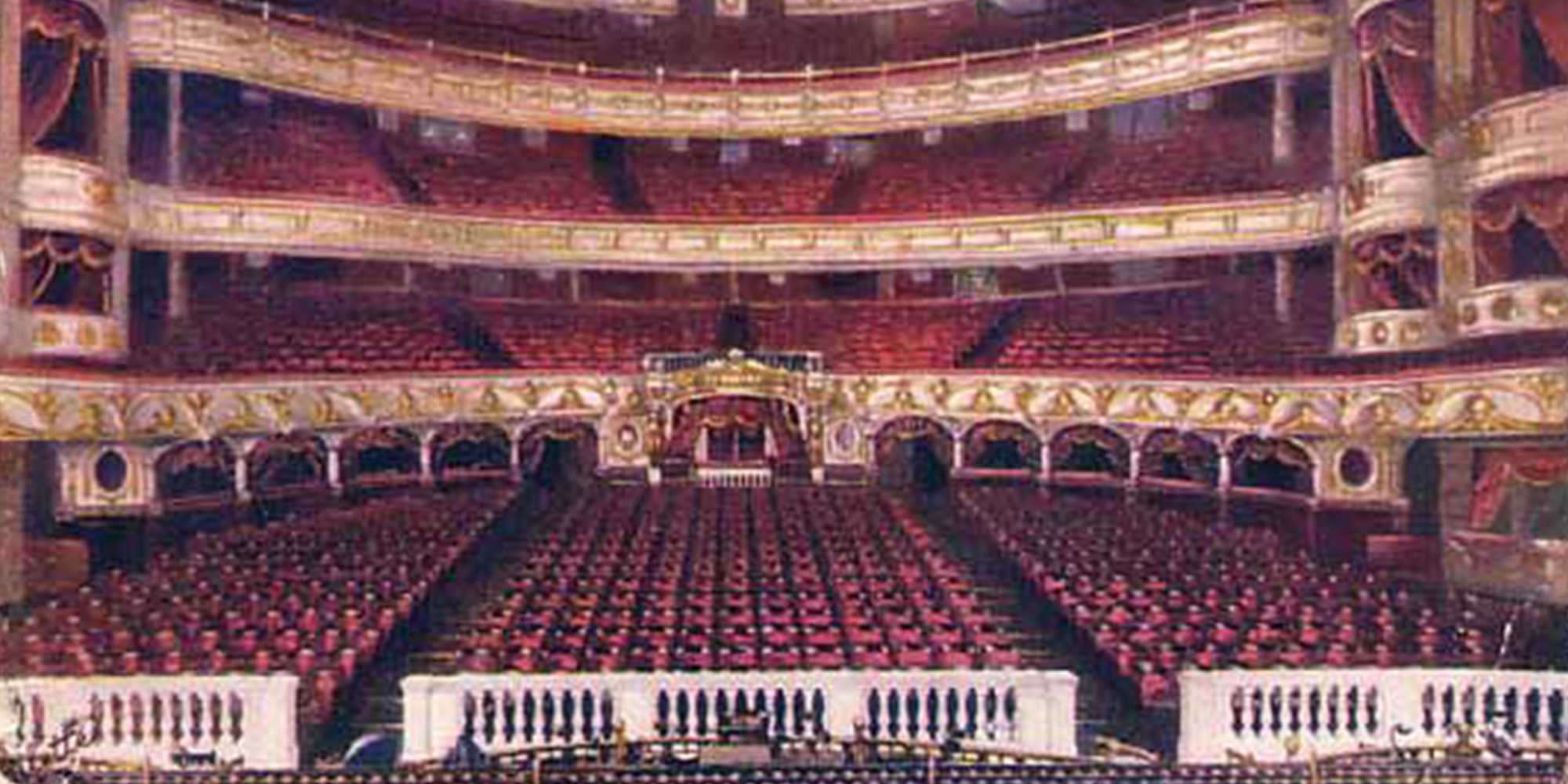
In 1968 the theatre reopened as the London Coliseum, when it also became the home of Sadler’s Wells Opera with a new pit created to accommodate a large opera orchestra.
In 1974 Sadler’s Wells became English National Opera, reflecting the company’s position in the heart of national culture.
As well as being the home of opera sung in English, dance also continued to play an important part in the life of the London Coliseum – a fact that continues to this day with many national and international dance companies performing at the theatre during the breaks between ENO productions.
2000: Restoration of the London Coliseum
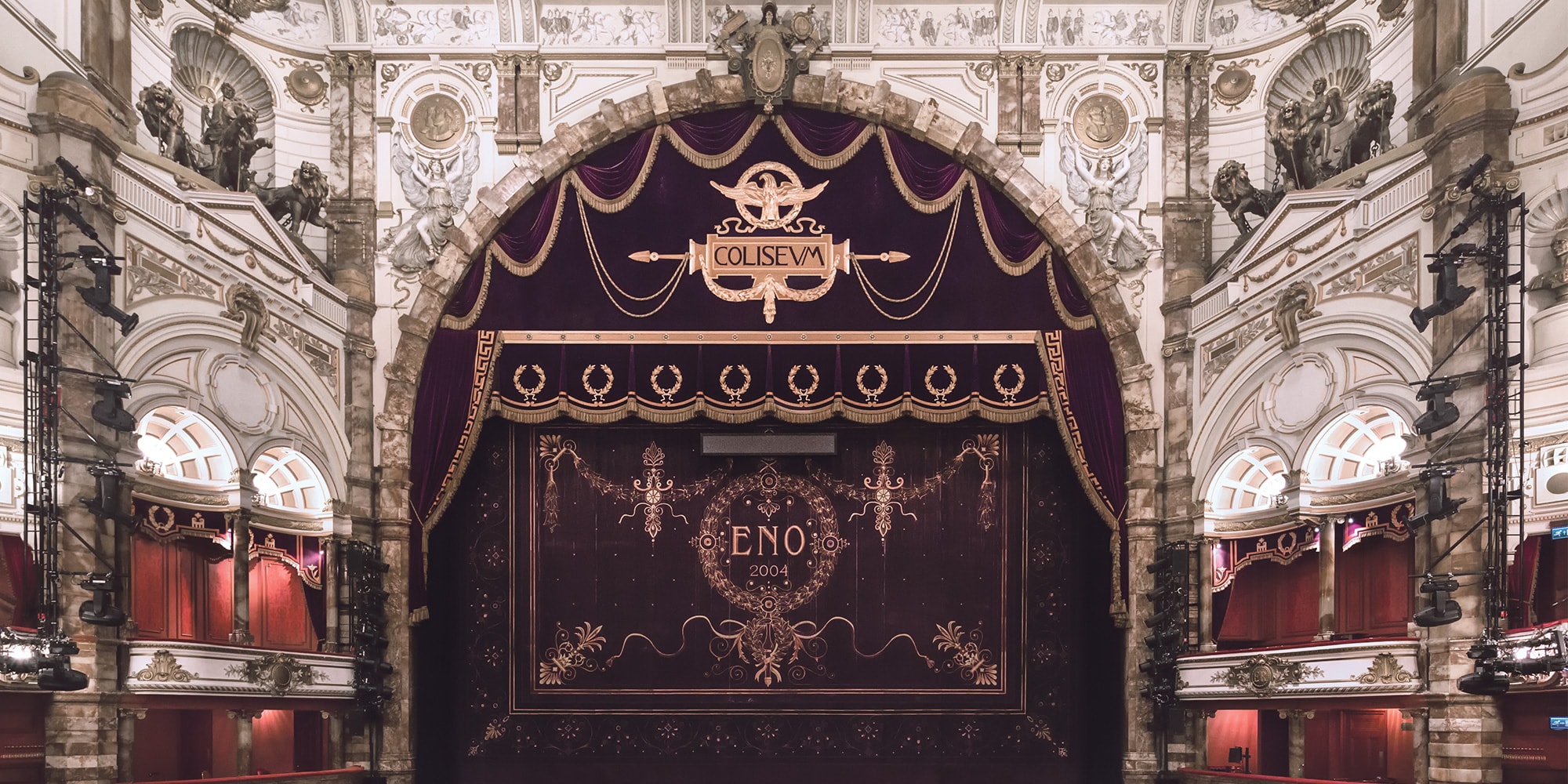
The company bought the freehold of the building for £12.8 million in 1992. The theatre underwent a complete and detailed restoration from 2000 which was supported by National Heritage Lottery Fund, English Heritage, the National Lottery through Arts Council England, Vernon and Hazel Ellis and a number of generous trust and individual donors to whom we are extremely grateful.
The auditorium and other public areas were returned to their original Edwardian decoration and new public spaces were created. An original staircase planned by Frank Matcham was finally put in to his specifications. The theatre re-opened in 2004
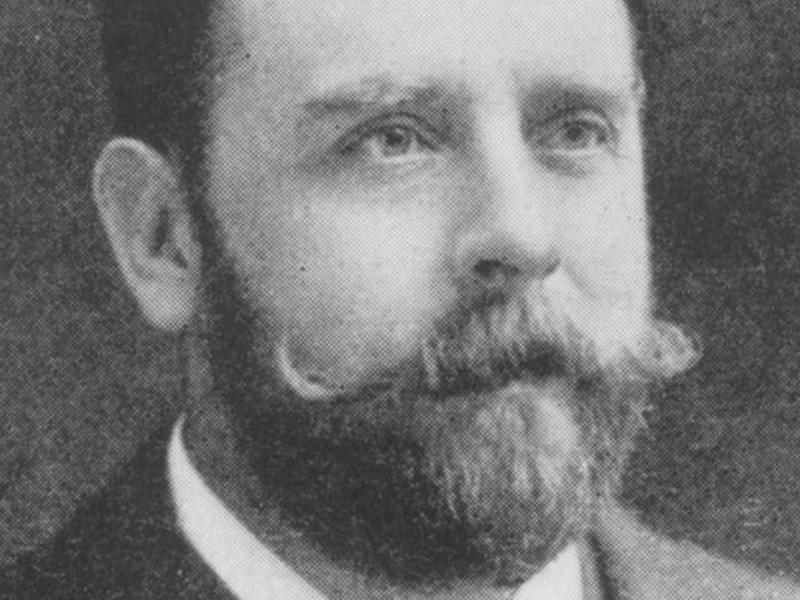
The Architect
Frank Matcham (1850-1920)
Probably the most prolific theatre architect of all time, Matcham built at least 80 theatres as original architect and was involved in minor and major rebuildings of around 80 more between 1873 and 1913.
There was a building boom between 1890 and 1915 and Matcham designed theatres for many cities and towns. Notable London theatres include the Hackney Empire (1901), the London Palladium (1910) and the Victoria Palace (1911). He also designed pubs, cinemas and hotels as well as the County Arcade in Leeds and the Tower Ballroom and Circus in Blackpool.
Have a look at some of Matcham’s greatest works
Frank Matcham pioneered the use of cantilevered steel in his designs, and took out patents to protect his work. This allowed balconies to be built out into the auditorium without the use of the supporting pillars that had characterised the work of the previous generation of theatre architects. Without pillars, there were improved sightlines and, popular with theatre owners, an increased audience capacity
Each of Matcham’s theatres was unique and he had a reputation for building magnificent theatres on difficult sites both speedily and economically, which led to close relationships with many theatre owners and managers, including Oswald Stoll who commissioned him to design the London Coliseum in 1904.
The building survives largely to Matcham’s plans and was beautifully restored to the original plans in 2004. He is buried in Highgate Cemetery.
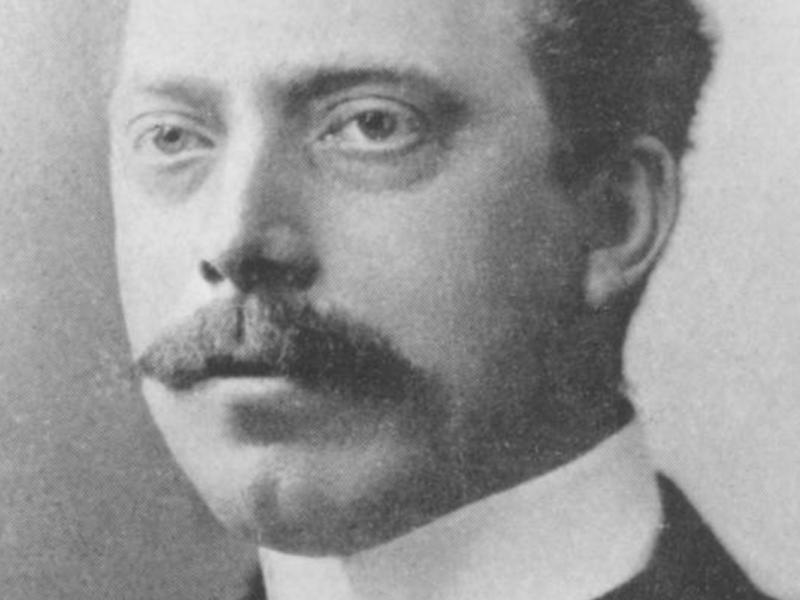
The London Coliseum's commissioner
Sir Oswald Stoll (1866-1942)
Oswald Stoll was a British theatre manager and the co-founder of the Stoll Moss Group theatre company. By 1905, almost every large town in Great Britain had an ‘Empire’ or a ‘Coliseum’ theatre, managed by Stoll.
He was born in Australia but moved to England with his mother after his father’s death and took his stepfather’s last name. His interest in theatre came from helping his mother manage theatres. Stoll was a philanthropist: he founded the Sir Oswald Stoll Foundation in Fulham which continues today to house disabled ex-Servicemen and women and provide support for veterans.

